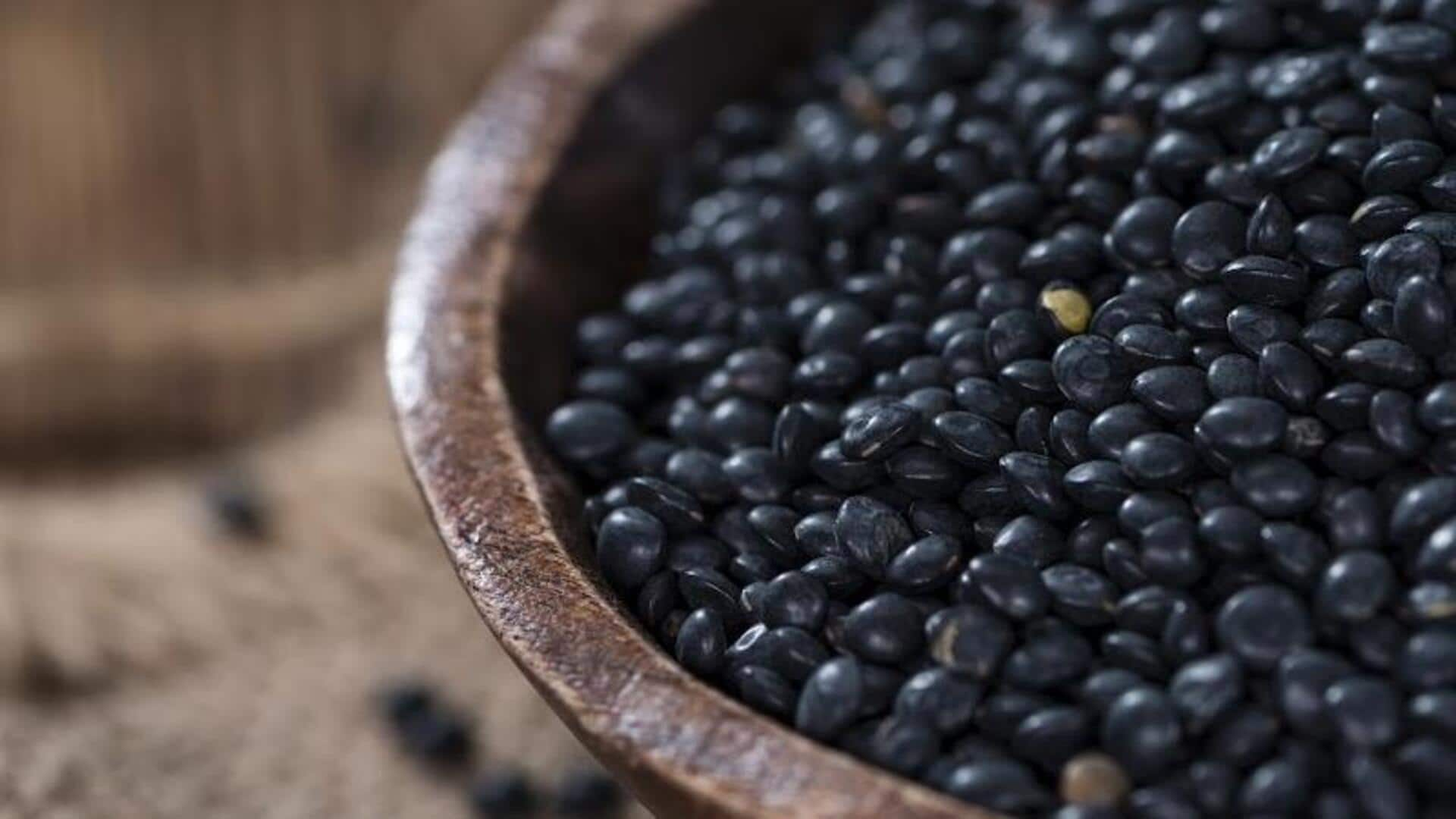
Black lentils v/s red kidney beans: Which has more protein?
What's the story
Black lentils and red kidney beans are two of the most popular legumes, known for their high protein content and nutritional benefits. Both are staples in a variety of global cuisines, providing a rich source of plant-based protein, fiber, and essential nutrients. Let's compare the nutritional profiles of black lentils and red kidney beans in terms of protein, health benefits, culinary uses, cost-effectiveness, etc.
#1
Nutritional profile comparison
When cooked, black lentils have some nine grams of protein per half-cup serving. They are also high in iron (providing around 15% of the daily recommended intake per serving). Red kidney beans provide some eight grams of protein per half-cup serving (cooked) and are a good source of folate (providing around 20% of the daily value). Both are low-fat and high-fiber legumes, making them great for a balanced diet.
#2
Health benefits explored
Both black lentils and red kidney beans help improve heart health, thanks to their fiber content that help reduce cholesterol levels. The iron in black lentils helps transport oxygen in the blood, while folate from red kidney beans is essential for DNA synthesis and repair. Plus, these legumes have antioxidants that help reduce inflammation and protect against chronic diseases.
#3
Culinary uses across cultures
Black lentils are commonly included in soups, stews or salads or served as a side dish because of their earthy flavor and tendency to hold shape after cooking. Red kidney beans are often used in chili dishes or served with rice for traditional meals such as rajma chawal or Creole cuisine. Both can be easily added to vegetarian dishes as they soak flavors well from spices and herbs.
Tip 1
Cost-effectiveness considerations
When it comes to cost-effectiveness between black lentils and red kidney beans, both are affordable plant-based proteins to add to your diet. Though prices may vary by location, they generally cost about ₹100 to ₹200 per kilogram for each type when bought dry. Purchasing them dry instead of canned can further lower the cost while allowing you to control sodium intake during preparation.